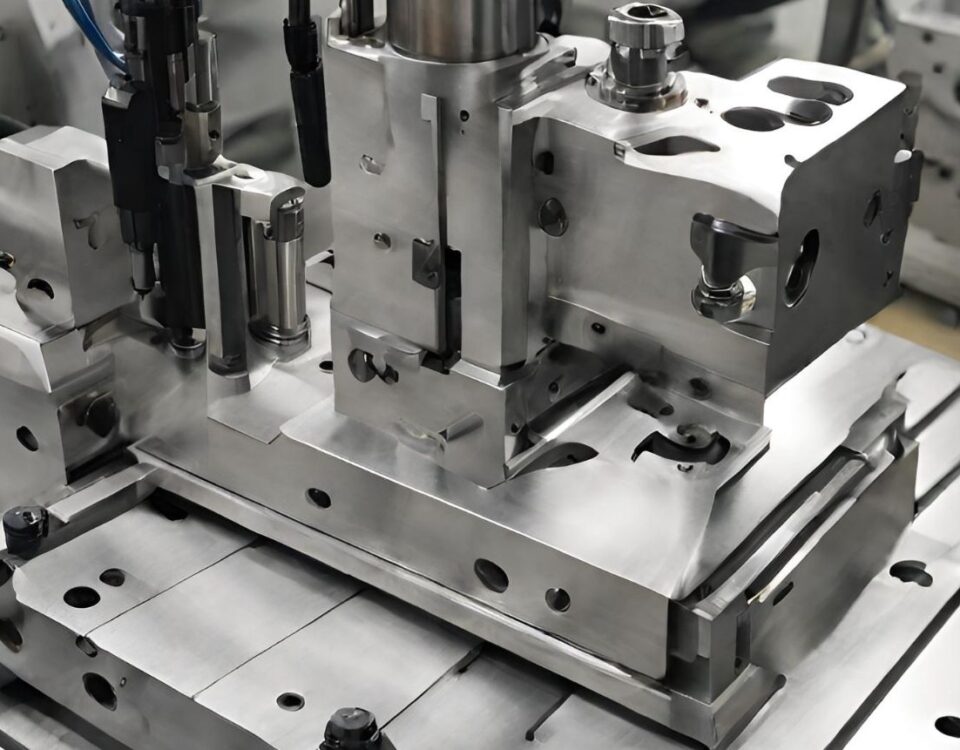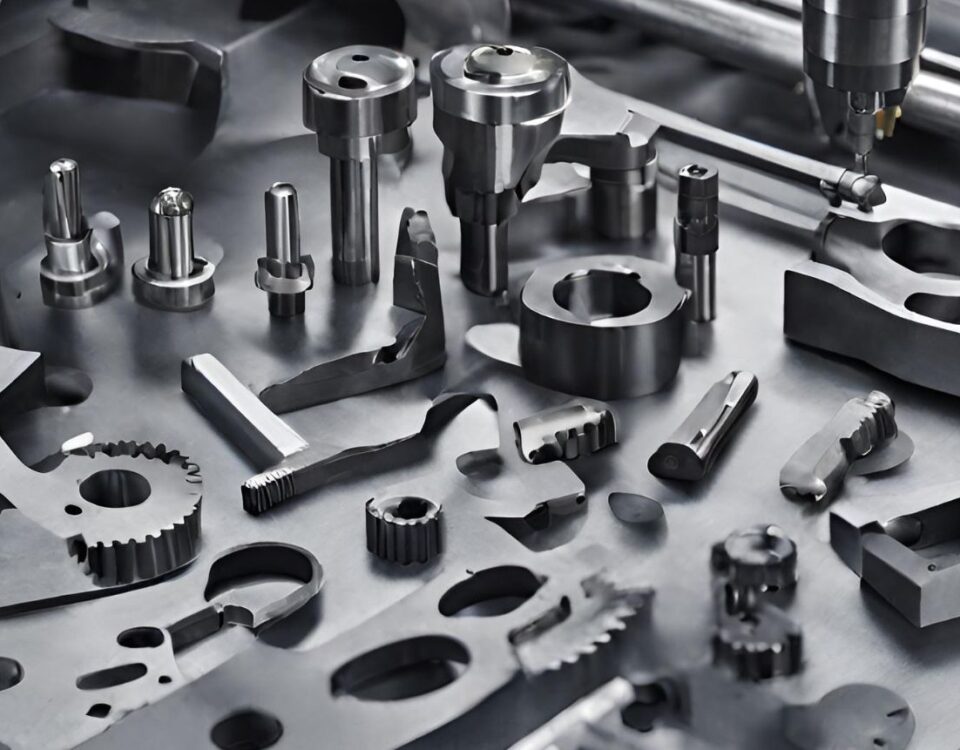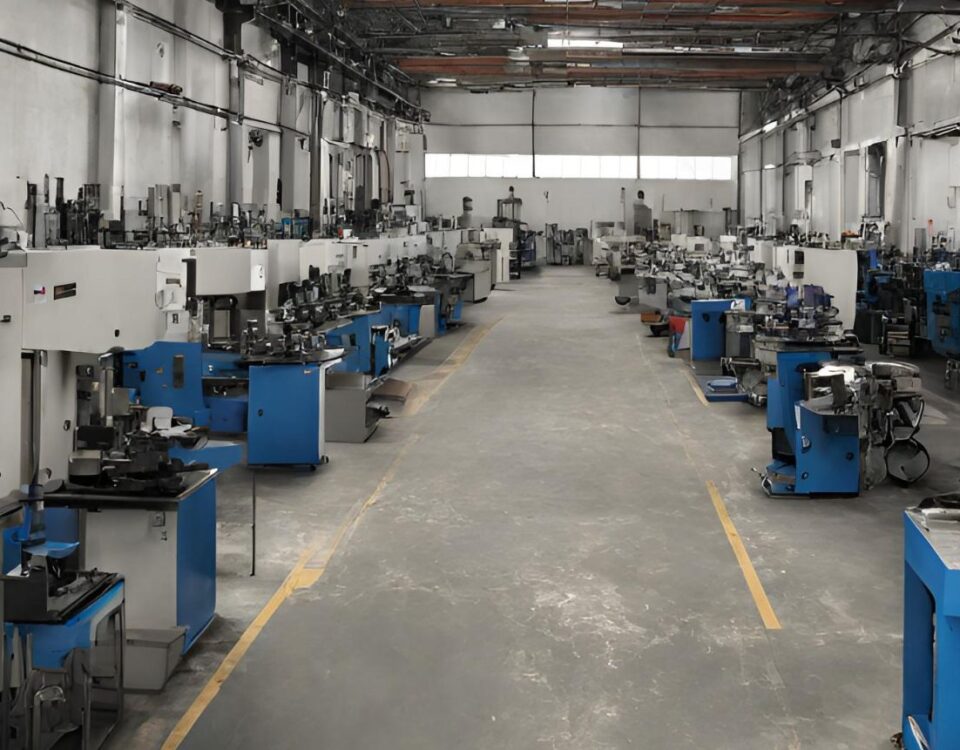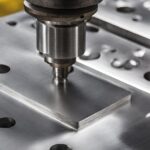
Aluminum Stamping: The Art and Science of Precision Metal Fabrication
17 February 2024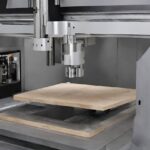
The Power of Rapid CNC Prototyping
22 February 2024In the realm of modern manufacturing and prototyping, 3D printing services have emerged as a disruptive force, revolutionizing traditional processes and unlocking new possibilities across various industries. From rapid prototyping to on-demand production, 3D printing has proven to be a versatile and efficient solution for businesses seeking innovation and flexibility. This article explores the evolution, applications, and future prospects of 3D printing services, shedding light on their transformative potential.
Evolution of 3D Printing Services:
The roots of 3D printing can be traced back to the 1980s when the technology, initially known as "stereolithography," was developed by Chuck Hull. Since then, significant advancements in materials, printing techniques, and software have propelled 3D printing into the mainstream. Early adopters primarily utilized 3D printing for rapid prototyping, allowing designers and engineers to iterate quickly and reduce time-to-market.
Over time, the capabilities of 3D printing expanded beyond prototyping, enabling the production of end-use parts with a wide range of materials, including plastics, metals, ceramics, and composites. This evolution has spurred the growth of 3D printing services, providing businesses with access to advanced printing technologies without the need for significant capital investment. Today, 3D printing services offer a diverse array of capabilities, from single-piece prototypes to batch production runs, catering to the specific needs of various industries.
Applications Across Industries:
The versatility of 3D printing services has led to their adoption across a multitude of industries, each benefiting from unique applications and advantages:
-
Automotive: In the automotive sector, 3D printing is used for rapid prototyping of vehicle components, tooling, and even end-use parts. It enables design validation, customization, and the production of lightweight yet durable parts, leading to enhanced performance and efficiency.
-
Healthcare: 3D printing has revolutionized healthcare by enabling the production of patient-specific implants, prosthetics, and surgical guides. Medical professionals utilize 3D printing services to create personalized solutions tailored to individual patients, improving treatment outcomes and quality of life.
-
Aerospace: The aerospace industry leverages 3D printing for the production of complex components with intricate geometries, such as turbine blades and structural brackets. Additive manufacturing offers weight savings, reduced lead times, and the ability to consolidate multiple parts into single assemblies, contributing to fuel efficiency and cost-effectiveness.
-
Consumer Goods: From custom jewelry and fashion accessories to household gadgets and consumer electronics, 3D printing services empower designers and entrepreneurs to bring their ideas to life quickly and cost-effectively. Mass customization and on-demand manufacturing have become feasible, catering to diverse consumer preferences and trends.
-
Architecture and Construction: Architects and construction firms utilize 3D printing to create intricate models, scale prototypes, and even full-scale building components. The technology enables rapid iteration, design optimization, and sustainable construction practices, facilitating the realization of innovative architectural visions.
-
Education: 3D printing has become an invaluable educational tool, allowing students to visualize abstract concepts, explore design principles, and engage in hands-on learning experiences. Educational institutions integrate 3D printing services into their curriculum to foster creativity, problem-solving skills, and technological literacy among students.
Future Prospects and Challenges:
As 3D printing continues to evolve, its potential impact on industries and society at large is poised to grow exponentially. Advancements in materials science, printing technologies, and automation are driving innovation and expanding the scope of applications for 3D printing services. However, several challenges remain to be addressed:
-
Material Properties: While a wide range of materials are compatible with 3D printing, optimizing their properties for specific applications remains a challenge. Researchers are actively exploring new materials and composites with enhanced strength, durability, and performance characteristics.
-
Scalability: While 3D printing excels in prototyping and low-volume production, scaling up to mass production levels presents logistical and economic challenges. Improvements in printing speed, automation, and workflow optimization are needed to achieve cost-effective large-scale manufacturing.
-
Intellectual Property and Regulation: The democratization of manufacturing enabled by 3D printing raises concerns about intellectual property infringement and product safety. Policymakers are grappling with the need to establish regulations and standards governing the use of 3D printing technologies to ensure ethical and legal compliance.
-
Environmental Sustainability: While 3D printing offers benefits such as material efficiency and localized production, its environmental impact must be carefully managed. Issues such as energy consumption, waste management, and the lifecycle assessment of printed products require attention to minimize ecological footprint.
Despite these challenges, the potential of 3D printing services to drive innovation, empower entrepreneurs, and transform industries is undeniable. With continued research, collaboration, and investment, 3D printing is poised to reshape the future of manufacturing and unlock new opportunities for economic growth and societal advancement.
Conclusion:
In conclusion, 3D printing services have emerged as a disruptive force with the potential to revolutionize industries, from automotive and healthcare to consumer goods and education. The evolution of 3D printing technologies has enabled unprecedented levels of customization, efficiency, and innovation, empowering businesses and individuals to bring their ideas to life with unprecedented speed and precision. While challenges remain, the future prospects of 3D printing services are bright, promising continued advancements and transformative impact across diverse sectors. As we navigate the complexities of a rapidly changing world, 3D printing stands as a beacon of technological progress, driving us towards a future where imagination knows no bounds.


